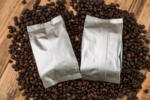Indonesia is one of the world’s top coffee-producing countries, with multiple coffee-producing islands. Several Indonesian coffee brands symbolize a variety of distinct areas. Regarding Indonesian coffee, it might not be easy to know where to begin!
History of Indonesian coffee
Initially, the Dutch Colonial Government cultivated coffee as far south as Sukabumi and Bogor and in the vicinity of Batavia (Jakarta). Later, coffee plantations were planted in East, West, Central Java, Sumatra, and Sulawesi. Large amounts of wooded land were removed and farmed to build the plantations.
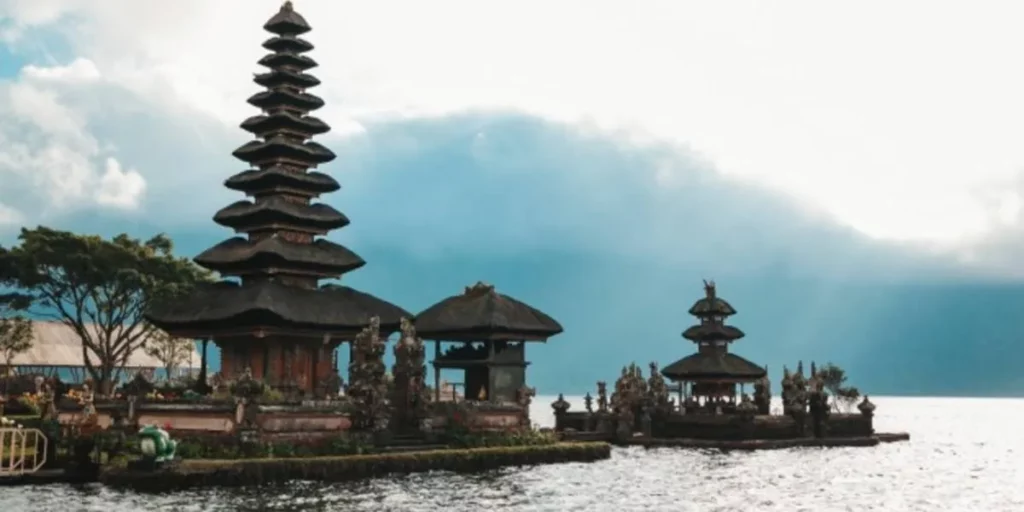
Throughout the nineteenth century, the expansion of coffee plantations was responsible for developing many infrastructures in Central Java. Many trains and roads had to be built to convey the beans from the island’s interior to various ports for export.
Agriculture in Indonesia
Ranking third in the world, Indonesia is a prodigious exporter of agricultural products such as coffee. After an oil slump created a severe disruption in the economy (at the time, it relied on oil exports), a government drive in the 1980s led to a concentration on developing items for export. In addition to coffee, Indonesia exports various other items known to Americans and Canadians, including cardamom, tea and tobacco, cinnamon, cloves, cane sugar, nutmeg, and palm oil.
Coffee tree densities range from 1,100 to 2,000 trees per hectare (107,639 square feet). Coffee trees are frequently shaded. As a result, they produce “shade-grown” coffee, which develops more slowly due to a lack of sunshine, allowing the roots to provide more nutrients to the green coffee beans within the coffee cherries before they are completely ready for harvesting.
Processing
In other world areas, Indonesian coffees are processed in a method known as giling basah, also known as the Semi-Washed/Wet-Hulled Process. After the coffee is selected, it is de-pulped and quickly dried. Rather than drying the coffee to 11 or 12% moisture content, as most other techniques do, the semi-washed procedure dries the coffee to 30-30% moisture level.
The coffee is hulled, strips the parchment, and exposes the green coffee beans beneath. These raw beans are then dried until they are dry enough to be kept without spoiling. Semi-washed coffee has less acidity and more body than ordinary coffee.
Flavor
Indonesian coffees have a dark and powerful taste profile with a strong earthiness. Tasting notes from the semi-wash procedure include earthy, spice, mustiness, tobacco, wood, and leather. In addition, they frequently have a long-lasting aftertaste that reminds you of unsweetened or dark chocolate.
Because of its reputation for responding well to darker roasting, the Sumatran area is now the most favored Indonesian area. Sumatra is home to two of the world’s well-known and high-quality coffees: Mandheling and Ankola. Smoky or roasted tastes with a lot of complexity are common. These coffees frequently cause division since many coffee connoisseurs feel the tastes overpower the cup.
Growing conditions and challenges
Indonesia has a high humidity level. This humidity impacts the coffee manufacturing process since it contributes to the quantity of moisture in the coffee beans.
The Giling Basah procedure effectively speeds up the coffee production process, allowing farmers to get paid for their beans sooner rather than later. In addition, it provides the most efficient drying of coffee beans in a humid atmosphere.
Due to the persistent high humidity, the growers would have to employ a natural method to dry the cherries out, which would take longer than intended. Therefore, wet hulling is the most feasible alternative for Indonesian coffee producers.
Indonesia’s most popular varieties
S795
S795 is one of Indonesia’s most popular coffee types. According to most people, it contains distinct flavor characteristics of brown sugar and maple syrup when brewed. The variety was incorporated into the Indonesian coffee industry by India in the 1970s. As a result, it is prevalent in Toraja and Bali (where locals call it Jember).
While it has different taste nuances, it is sometimes viewed as providing a lower-quality cup than the Catuai type. S795 is a cross between Kent (an Indian spontaneous mutation of Typica) and the Liberica species, which thrives considerably lower elevations than the arabica plant.
It is also why S795 is an excellent choice in Indonesia’s diverse microclimates. Liberica also contributes to the lower acidity of this coffee. It is more laid-back. However, farmers should be mindful that S795 does not have a very high yield despite its dependability.
Tim Tim
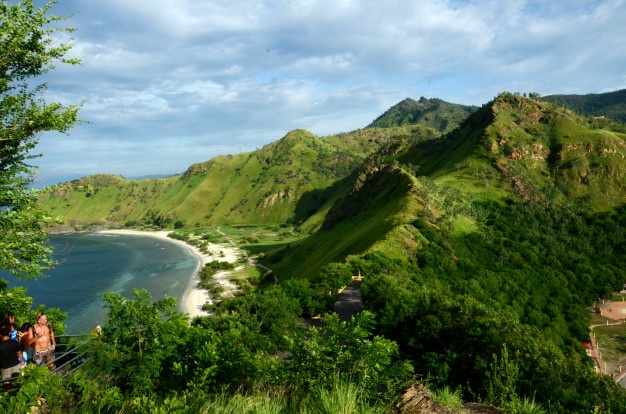
Timor Timur is an area in Indonesia’s southern region that used to be a part of the country (now East Timor and Timor-Leste).
Tim Tim, also called Hibrido de Timor, is a naturally occurring hybrid between robusta and arabica. It was discovered in the early twentieth century. It rose to prominence in the 1950s due to its strong resistance to coffee leaf rot and other diseases.
Usda 762
USDA 762, now grown in Java and Sumatra, was incorporated into the Indonesian coffee industry in the 1950s as a chosen Ethiopian variety. However, it was discovered in the Mizan Tafari area, near where Geisha was discovered. As a result, USDA 762 has been confused for Geisha in several coffee-growing locations in Indonesia.
USDA 762 and Geisha were both born in the same area of Ethiopia. Both, however, evolved differently throughout time.
USDA 762 was notably common in the twentieth century in Ijen, East Java, a prominent volcanic growing zone in Indonesia. Because of its limited resistance to coffee leaf rust, it was first introduced in Indonesia.
However, introducing hardier robusta hybrids has rendered its usage as a resistant variation to coffee leaf rust practically obsolete. As a result, USDA 762 is mainly produced at higher elevations in Indonesia, where resistance to coffee leaf rot is not as important.
Kartika
Kartika is an Indonesian word that refers to Kopi Arabika Tipe Katai (interpreted as Catuai arabica coffee). Kartika, a regional form of the Catuai varietal, is also subject to coffee pests, rust, and other diseases.
Kartika was planted for the first time in Indonesia in 1987 as part of a large variety test undertaken by the Portuguese Centro de Investigacao das Ferrugens de Cafeirro. Due to its high-quality taste profile, it was pretty popular initially.
Andungsari
Andungsari (also referred to as Andong Sari and Andung Sari) is a dwarf coffee plant similar to Kartika. The Indonesian Coffee and Cocoa Research Institute first developed it using Catimor plants. Andungsari thrives at elevations over 1,250 m.a.s.l.
It offers a high yield (2.5 tonnes per acre) and a great cup profile. This cultivar is now commonly farmed in Kayo Aro, Sumatra’s province of Jambi.
Indonesian coffee’s future prospects
According to the Indonesian Coffee Exporters Association (AEKI) statistics, Indonesian farmers want to grow Indonesia’s coffee plantations while revitalizing old estates through intensification initiatives in collaboration with the appropriate ministries.
By increasing land, Indonesia’s coffee output is expected to reach around 900,000 to 1.2 million tons per year during the next ten years. Investment in the country’s coffee business is required as domestic and global demand rises. In addition to boosting the number of beans, technological advancements are projected to improve their quality.
Growing regions
Here are a handful of the most well-known coffee-producing Indonesian islands, along with brief descriptions.
Bali

The westernmost of the Lesser Sunda Islands, wedged between the Indian Ocean and the Java and Flores seas, is located east of Java. Bali also produces some of the world’s most sought-after coffee: kopi luwak, or civet coffee, due to its breathtaking scenery and diverse wildlife. Balinese coffee is rich, with a hefty, velvety body, low acidity, and powerful woody tones that surge underneath delicately spiced citrus. It is grown close to the Mount Batur volcano in north-eastern Kintamani.
The island of Flores
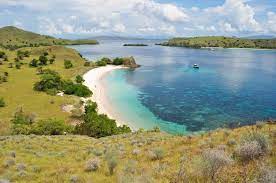
It is a little jewel of an island, named for its gorgeous underwater gardens, with beautiful mountain ranges reaching 7,500plus feet above sea level, rich volcanic ash soil, and an ideal environment for cultivating great coffee. Flores, one of Indonesia’s Lesser Sunda Islands, is just 360 miles long, and coffee is one of the island’s main agricultural products.
The coffee plant introduced to Flores by Portuguese traders has been cross-bred with seeds from the Indonesian island of Java to produce a bean with distinctly floral, sweet chocolate, and earth flavors. Flores coffee is farmed organically and sustainably on tiny farms 5,500 feet above sea level.
Java

Small farms currently dominate the home of Indonesian coffee, with massive colonial-era plantations generating only a quarter of the island’s arabica exports.
Javanese coffee trees absorb their soil’s minerals and beautiful aromas as they grow naturally in eastern Java, along the rising volcanic Ijen Plateau, to make a beautifully rich, full-bodied coffee featuring spicy chili overtones and dark chocolate undertones. Javas have a molasses-like texture and are also mildly acidic compared to other Indonesians.
Papua
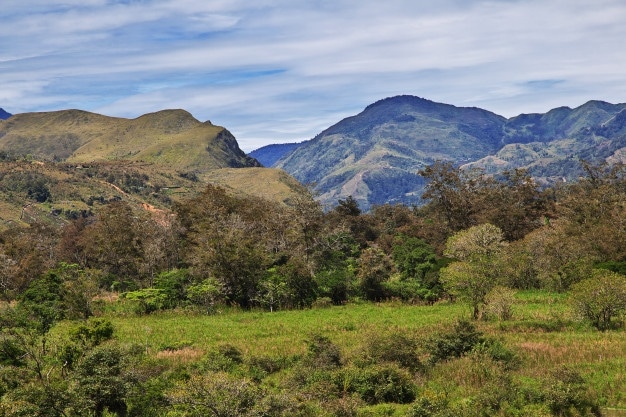
It is Papua New Guinea’s Indonesian (western) half. Papua, formerly known as Irian Java, has two main growing regions: the Baliem Valley in the middle highlands and the Kamu Valley in the Nabire Region. Papua coffee is velvety with a rich chocolate base, syrupy mouthfeel, and sweet spiced-maple top notes farmed organically beneath a natural shade cover 4,500plus feet above sea level.
Island of Sulawesi

Celebes is another name for it. It is the eleventh-largest island in the world and one of four of the Greater Sunda Islands. Sulawesi has a distinctive form, with four peninsulas extending to the south, southeast, east, and north, all united by Central Sulawesi.
While each of these peninsulas has impressive mountain ranges, most of Sulawesi’s arabica coffee is grown in the Tana Toraja highlands (located west/southwest of Central Sulawesi). Over 95 percent of Sulawesi’s arabica coffee is cultivated organically on tiny, family-owned farms in Toraja. Sulawesi coffee is smooth and earthy, with deep, subtle spice, sweet nut tones, and a sparkling finish.
Sumatra

The biggest of the Sunda Islands, and the world’s sixth-biggest island, is Indonesia’s leading producer of arabica coffee. Sumatran coffees are highly sought after and appreciated worldwide for their rich, low acidity, creamy texture, deep, almost bitter chocolate, sweet fruit, chili, tobacco, cedar, and earth flavors.
Sumatra is great for producing coffee because it is so diversified, with pristine old-growth forests, high volcanoes, stable microclimates, rich soil, and the variety required to make a naturally eco-friendly, nuanced cup. On Sumatra, there are two main coffee-growing regions: the northern Gayo area, which is focused on Aceh, and the mid-north region of Lintong, which lies southwest of Lake Toba.
Which Indonesian coffee is the best?
Choosing which bag of excellent beans to purchase for your daily coffee might be difficult. However, many possibilities are available, each with its unique set of excellent traits.
It is possible to narrow down your selections, but you have already won half the battle if you have decided to sample some Indonesian coffee beans. Here are a few tips for you to consider.
Browny Indonesian Sumatra mandheling organic coffee
With its rich flavor and robust body, this fair trade, dark roast, organic Sumatra Mandheling coffee stays loyal to its roots. Browny Coffee roasts these beans in Queens, New York.
This coffee is cultivated rich in volcanic soil and has a warm tropical environment, which aids in developing the beans’ characteristics. This wonderful coffee may be described as earthy, herbaceous, and lively.
Volcanica 100% pure Sulawesi coffee, Celebes Kalossi
Like Browny Sumatra coffee, this coffee is cultivated in volcanic locations that supply abundant nutrients to the soil and, thus, to the beans. Volcanica Coffee Company is unusual because its coffees are sourced from volcanic places, hence the smart name.
This coffee is made entirely of Arabica trees over 250 years old. In terms of substance and scent, these beans are slightly lighter than Sumatra beans. The medium roast also contributes to this coffee’s lighter flavor and feel.
Java dutch estate Smokin beans coffee
Cloves and cinnamon dominate the flavor of these 100% Arabica coffee Java beans. They have a full body and minimal acidity, a hallmark of Indonesian coffee beans. This would be a wonderful coffee for at-home brewing experiments since you can also alter the roast.
Mocha java from the bean coffee company
The Bean Coffee Company’s Mocha Java mix is a fantastic representation of the previously described Mocha Java mix. This Indonesian coffee is robust and full-bodied, yet its strength is beautifully balanced by acidity, making it taste fresh and fragrant.
Volcanica Sumatra gayo coffee
Sumatra is Indonesia’s most well-known coffee-producing island, and Volcanica’s Sumatra Gayo is the best. This thick, syrupy coffee symbolizes Indonesia’s deep, earthy essence and differentiates itself with its unusual spicy character. It is one seasoned coffee lovers will like, but if you are not quite at the expert level, do not worry! The more you drink Gayo coffee, the better it gets.
Coffee from Bali blue moon
Bali Blue Moon coffee from Fresh Roasted Coffee will show you that Bali has much more to offer than beautiful beaches. A wide range of tastes, including vanilla, dark chocolate, spice, and earth, are expertly intertwined into a creamy, rich taste.
The spice component of the profile lingers and complements a beautiful smooth finish. That earthy personality we keep emphasizing has been toned down in this profile, perhaps in exchange for, you guessed it, spice! Bali coffee is a perennial top-seller since it is one of the greatest Indonesian coffees on the market! You will understand after you try it.
Disclaimer: This post contains affiliate links, which means I may receive a small commission, at no extra cost to you, if you make a purchase using these links. Remember to support us by purchasing through the Amazon/Walmart/Impact Radius links provided. Last update on 2024-04-23 / Affiliate links / Images from Amazon Product Advertising API
Disclosure: No compensation or free products were received in exchange for writing this review.

Editorial Staff
The editorial staff at Crazy Coffee Crave is a team of coffee enthusiasts & Baristas who enjoy the one thing we all think about as soon as we get up in the morning. Trusted by thousands of readers worldwide.










